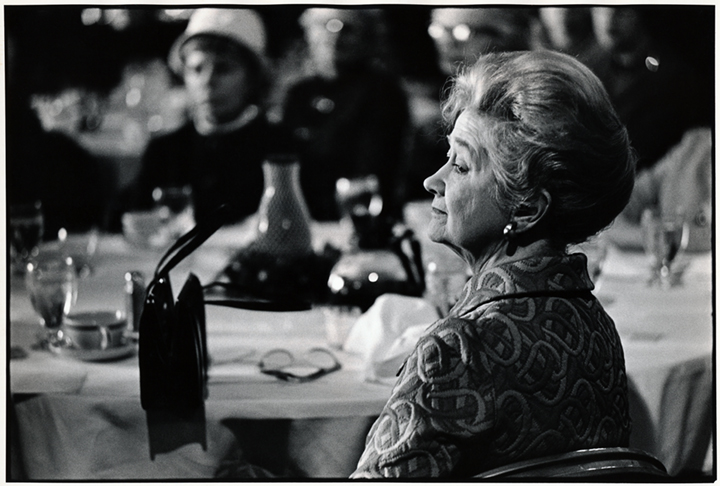
Human emotions come in many, many colors. But at the most basic level, there very likely are only a few. For instance, all the myriad colors we see with our eyes are actually just combinations of three basic colors corresponding to three different chemicals in the cells of our retinas that each absorb different portions of the visible spectrum. Those three basic colors are red, green, and blue. All the other colors we see are the result of our brains interpreting combinations of the red, green, and blue light striking our retinas. A very curious child will sometimes ask, "Mommy, are the colors I see the same as the colors you see?" And the answer is, for the most part, yes because the basic building blocks of our visual systems are all the same. Those three fundamental chemicals always absorb light in the same way. What may differ between individuals is some of the higher level processing of color combinations. And at a basic level, an individual's sensitivity to certain combinations of colors may differ because the prevalence of each of those basic chemicals in his or her eyes may be different. Individuals who are color-blind totally lack one or more of those chemicals. Hence, most individuals very likely see the same colors, but not exactly the same colors. But what happens with emotions? What are the most basic emotions? There is much current research on the topic, but the answer is unsettled. Want, fear, anger, and sadness would seem to be among them. The mythical seven deadly sins include covetousness and envy. While covetousness might be composed largely of want with a dose of fear of reprisal thrown in, it is envy that is the puzzler. Is it just want with sadness, sadness that what we want we may never have? Certainly the culture within which we are raised and live out our lives plays a huge role in how we process and act upon our emotions. The shared wisdom of a specific local group may permit adding anger to covetousness and thereby risk justifying murder. A different local culture may, through expressions of sympathy, encourage a person to add sadness to the mix and thereby convert feelings of covetousness into the more socially benign emotion envy. A third local culture may encourage turning away from the object of want to focus instead on those who may have even less, thereby encouraging the conversion of covetousness and envy into the self-medicating self-righteous contempt of scorn. Woe, what a tangled web we weave for ourselves. Victims all, I think, of blind ignorance regarding our own human emotions. |
• Posted: Dec 08, 2007 12:55:15
• Comments Welcome
• Vote CoolPhotoblogs
• Purchase a Print
• Share
January 1972 Chicago IL USA |